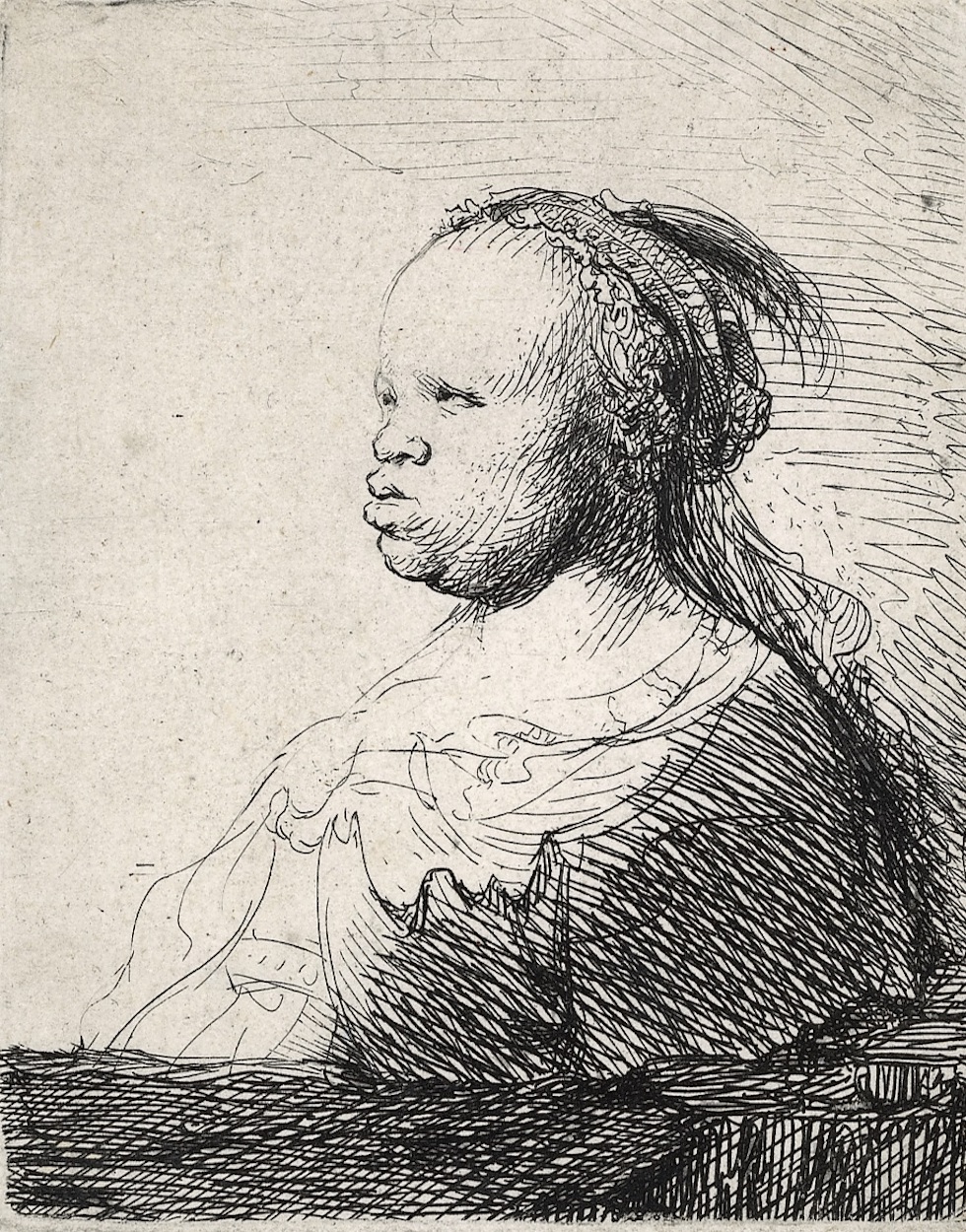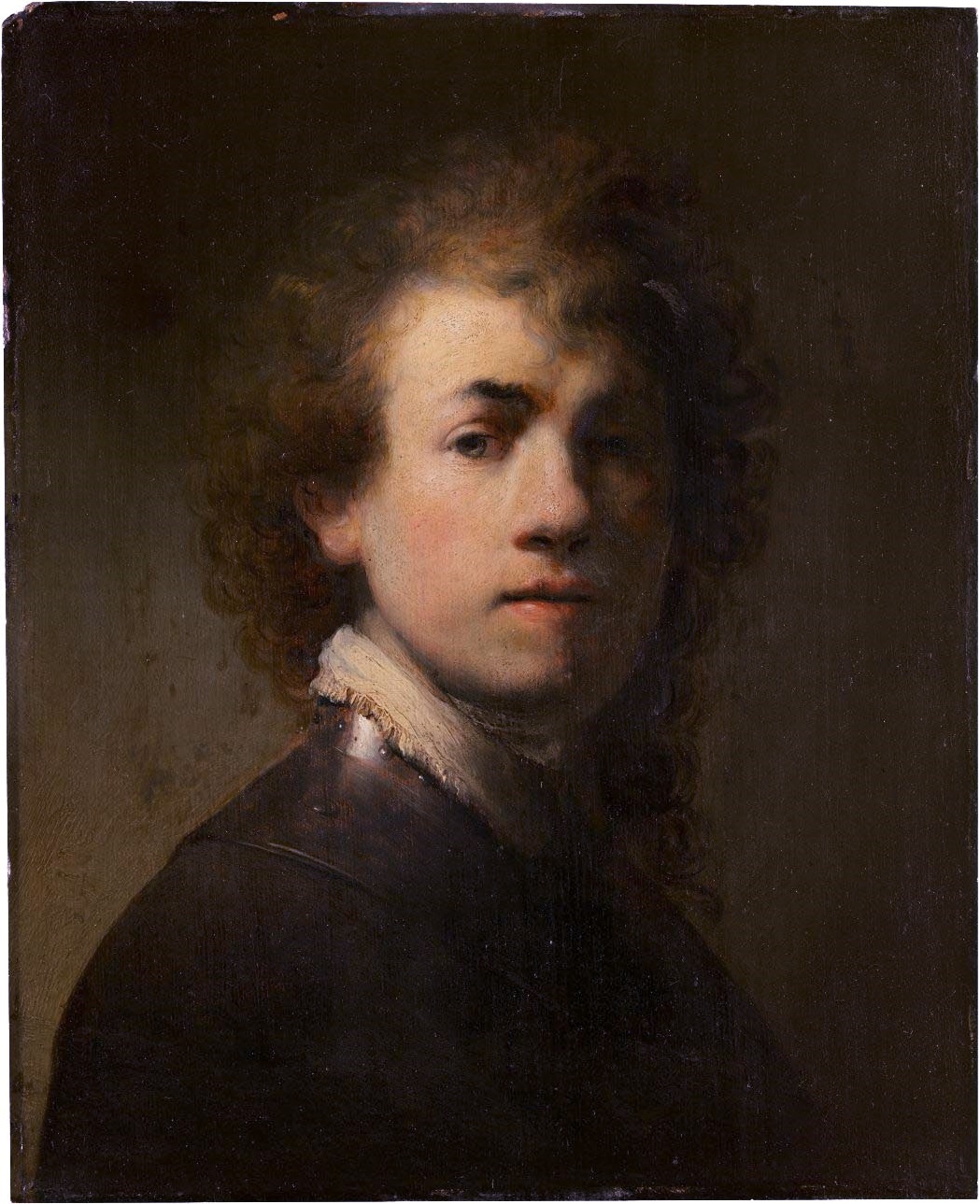The painting we present today was supposed to be a part of the exhibition in the Rembrandt House in Amsterdam entitled: HERE: Black in Rembrandt’s Time. Because of the coronavirus we can't visit the museum now (it will be possible from June 2nd), but we can look at the painting here. : )
The exhibition is part of a cultural paradigm shift in the Netherlands, where the Dutch Golden Age has long been associated almost exclusively with the achievements—and the portraits—of the 17th-century white, mostly male, elite. According to the exhibition's curators, the show focuses on images that present “the many different roles that black people played in society, and the many different roles they played in paintings for artists.”
In total, Rembrandt created at least 26 images of black subjects (12 paintings, eight etchings, and six drawings); most of these were probably based on his neighbors, whether they posed for him, or he observed them on the street.
Rembrandt made this etching of a young woman when he was still living in Leiden. Her appearance indicates that she was black, but he had not yet managed to make her skin appear dark. Perhaps there was no live model in Leiden and he worked from a sculpture. (Busts were usually unpainted so the properties of black skin could not be studied.)
It is stunning!
P.S. For centuries, black women appeared in Western art as slaves, servants, or exotic novelties. But as regal queens and leaders? Shamefully not. Read here about the black women in Western art.


 Rembrandt van Rijn
Rembrandt van Rijn